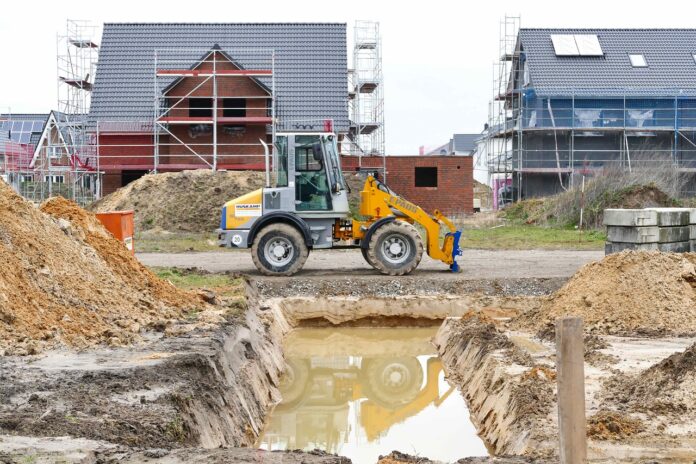Groundwater, hidden from view, is just as crucial for us as the visible parts of the world’s oceans. In fact, the reserves of water deep within our planet are far greater than those on its surface! Accurate measurements are challenging for obvious reasons, but scientists continue to discover massive underground rivers and lakes, and they even speculate about the existence of entire seas and oceans within the Earth’s crust.
Facts About Groundwater
- Potential Hazards: Some scientists believe that tapping into underground water reservoirs, which have been isolated for possibly millions of years, could be risky. These waters might contain microorganisms and bacteria to which modern humans have no immunity.
- Various Forms: Researchers classify groundwater as including liquid water, frozen water, and water vapor.
- Water on Mars: Scientists are confident that there are numerous aquifers beneath the surface of Mars, indicating that the red planet has an abundance of water (interesting facts about Mars).
- Amazon’s Hidden River: Beneath the Amazon River lies another river, underground, with a width reaching up to 400 kilometers. This discovery was made only in the 21st century.
- Massive Reserves: It is estimated that the total reserves of groundwater on Earth exceed 60 million cubic kilometers.
- Mantle Water: Modern science suggests that there is even more water in the Earth’s mantle, though this is not classified as groundwater. Groundwater only includes water found in the Earth’s crustal rocks.
- Salinity Levels: The salinity of groundwater varies from nearly zero to extremely saline, sometimes even poisonous.
- Ancient Waters of the Sahara: In the Sahara Desert, groundwater is extracted from wells, having seeped through the soil and reached deeper aquifers from Europe.
- Artesian Wells: Artesian wells are those from which water flows naturally without the need for pumps. They are named after the French province of Artois, where the first such well was drilled.
- Shallow Depths: The majority of Earth’s groundwater reserves are concentrated within the first two kilometers of the Earth’s crust, starting from the surface (interesting facts about water in general).
- Vast Coverage: The total volume of groundwater would be enough to cover the entire surface of our planet with a water layer 180 meters thick.
- Slow Renewal: Groundwater is replenished by surface water, but this process is slow, taking decades, centuries, or even thousands of years.
- Oldest Groundwater: Some groundwater reserves are incredibly ancient, with certain aquifers containing water that has been trapped underground for millions of years. These ancient waters are often referred to as “fossil water.”
- Global Dependence: Around 2.5 billion people worldwide rely on groundwater as their primary source of drinking water. It also plays a crucial role in agriculture, providing irrigation for crops in many parts of the world.
- Deepest Groundwater: The deepest known groundwater was found at a depth of about 12 kilometers below the Earth’s surface in a South African gold mine. This discovery indicates that water can exist much deeper in the Earth than previously thought.
- Groundwater and Climate Change: Climate change affects groundwater levels in various ways. In some regions, changing precipitation patterns can lead to reduced recharge rates, while in others, increased evaporation may decrease groundwater availability.
- Karst Aquifers: Some of the most productive aquifers are found in karst regions, where the dissolution of soluble rocks like limestone creates vast networks of underground caves and channels. These karst aquifers can store and transmit large volumes of groundwater.
- Groundwater in Space: There is evidence to suggest that groundwater exists on other planets and moons within our solar system, such as Mars and Europa, one of Jupiter’s moons. The presence of groundwater on these celestial bodies has significant implications for the potential for life beyond Earth.
